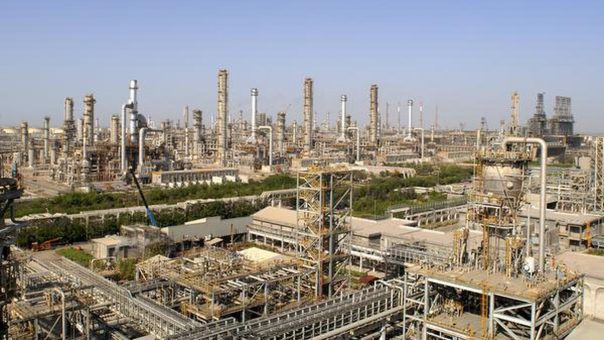By Nick Cunningham
The path to higher oil prices seems pretty clear, but it isn’t inevitable.
There are plenty of reasons why the oil market is suddenly on edge, and why oil prices are at their highest level since 2014. Venezuela’s oil production is falling off of a cliff, and could fall faster now that creditors are swarming over the country. The upcoming presidential election risks a financial crackdown from the U.S. Treasury, threatening to add to the country’s woes.
The more obvious catalyst over the past week was the U.S. withdrawal from the Iran nuclear deal, putting a sizable chunk of Iranian supply at risk, although exactly how much remains to be seen.
Most importantly, the underlying fundamentals are bullish: the supply/demand balance is tighter than at any moment in recent memory, with demand expected to outpace supply for the rest of the year. Global inventories are back down to the five-year average, and falling. Because data is published on a lag, the market could overtighten before OPEC realizes it.
U.S. shale is the one factor keeping prices in check, having added more than 1 million barrels per day (mb/d) since last September. The EIA sees output growing to 11.9 mb/d in 2019 (ending the year at over 12 mb/d), up from 10.5 mb/d a month ago. In other words, the agency is baking in an additional 1.5 mb/d of extra supply over the next year and a half.
That should keep a lid on prices.
But what if all that fresh supply doesn’t actually make it online? U.S. shale production is exploding, but is also running up against serious pipeline constraints that are pushing down prices in West Texas and threaten to severely slow development. While WTI in Cushing is above $70 per barrel, oil in Midland is selling in the high-$50s per barrel.
Texas pipelines are full, and new conduits connecting the Permian to the Gulf Coast will take another year and a half to come online. According to PLG Consulting, an estimated 200 million barrels of oil from the Permian won’t be able to make to market over the next 16 months. “They’re not going to be able to get it all out,” said Taylor Robinson, president of PLG, told the Wall Street Journal. PLG estimates the pipeline deficit will mushroom to 750,000 bpd by September 2019. Shale drillers will call upon railways and trucks to help move product to the coast, but neither will be sufficient to resolve the bottlenecks.
So, if the one major variable holding prices in check fails to materialize, it seems likely that prices are heading north. Bank of America Merrill Lynch said in a May 9 report that it could see oil prices shooting up to $100 per barrel in 2019.
“The up-trend remains strong and intact,” Robin Bieber, technical chart analyst at London brokerage PVM Oil Associates, told Reuters.
Still, the path higher for oil prices is not entirely cleared of hurdles. Even though the paper market for oil has gone wild over the past week, the physical market still looks well-supplied. There are currently unsold cargoes in northwest Europe, the Mediterranean, China and West Africa, according to Bloomberg. That helps explain the deterioration in the near-term timespreads in the oil futures market. That is, the July-August differential has shrunk from 63 cents per barrel from mid-April to just 24 cents per barrel. The weakening of the backwardation is consistent with a well-supplied or oversupplied market.
Related: Bank Of America: Oil Prices Could Hit $100 Next Year
Moreover, hedge funds and other money managers have amassed a record position on bullish bets in oil futures, a sign of widespread expectations of rising prices. However, that exposes oil prices to a potentially sharp correction if sentiment shifts. Another way of saying the same thing is that investors have helped magnify the price gains recently because of their positioning, but if fears of supply disruptions from Iran, for example, fail to translate into physical barrels removed from the market, the risk premium could ebb and prices could fall as investors liquidate their bullish bets. In short, the financially-driven price rally could reverse course.
One candidate to shift sentiment could be demand undershooting expectations. There is nothing like $3 per gallon gasoline to begin to curb consumption. The recent strengthening of the dollar will compound the pain for the rest of the world, threatening to curtail demand.
Nevertheless, the oil market is tighter than it has been in years and physical supplies could fail to keep up with demand, especially if a few disruptions occur. While it isn’t a certainty (it never is), the odds are good that prices continue to rise.
Source: Oilprice.com








